The evolution of car designs over the decades tells a story of technological innovation, cultural shifts, and the ever-changing priorities of society. From the simplicity of early automobiles to the modern era’s focus on sustainability, each decade offers a unique glimpse into the past, showcasing the creativity and ingenuity of automotive designers.
1910s: The Dawn of Automotive Design
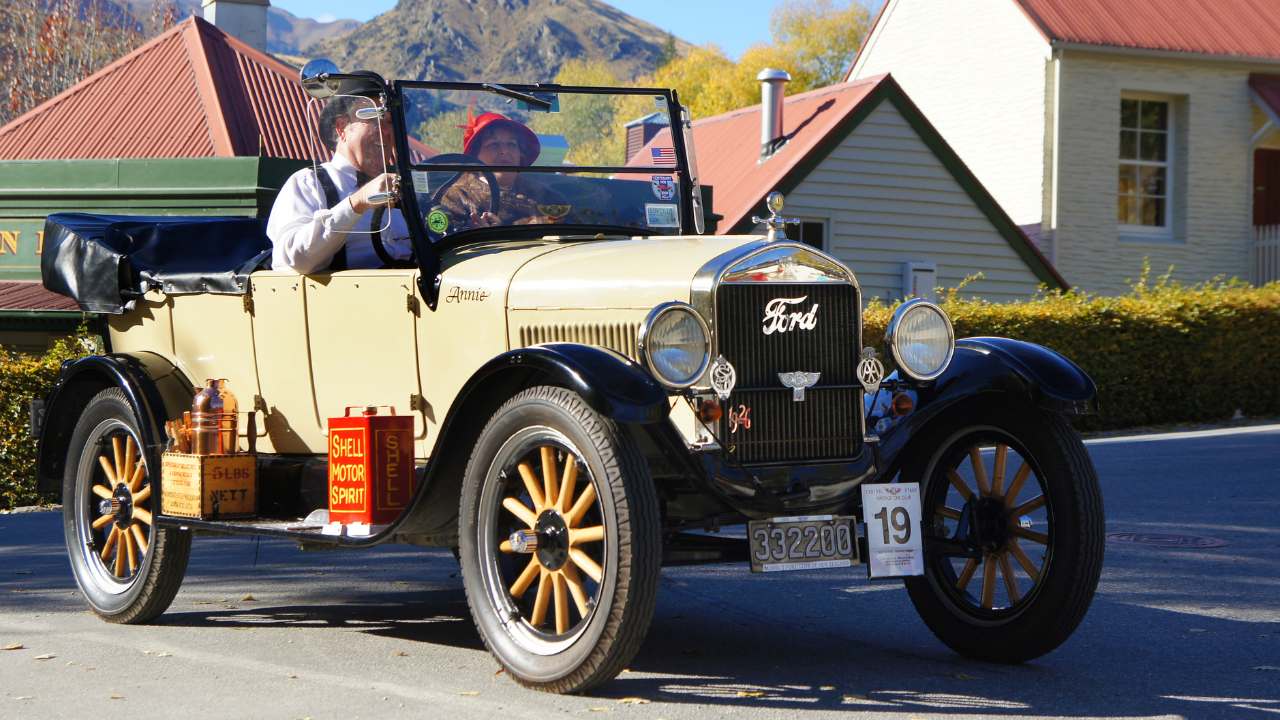
The 1910s marked the beginning of automotive design as we know it. Cars like the Ford Model T, introduced in 1908, became the blueprint for mass production with its assembly line manufacturing process. This era was characterized by functional designs, focusing on reliability and affordability to make cars accessible to the average consumer.
During this decade, cars were typically boxy and rudimentary, with simple lines and practical features. The emphasis was on creating a vehicle that could navigate the unpaved roads of the time, which meant durability and simplicity were key considerations for designers.
1920s: Roaring Twenties and the Rise of Luxury

The 1920s saw a shift towards luxury and style as the economy boomed and consumer preferences evolved. Cars like the Cadillac V-63 and the Duesenberg Model J highlighted this era’s focus on opulence and performance. The design of these vehicles incorporated more curves and decorative elements, reflecting the Art Deco movement’s influence.
Automobiles became a status symbol, with manufacturers offering more customization options and luxurious interiors. The emphasis on aesthetics led to a newfound appreciation for the automobile’s role beyond mere transportation, setting the stage for future design innovations.
1930s: Streamlining and Aerodynamics
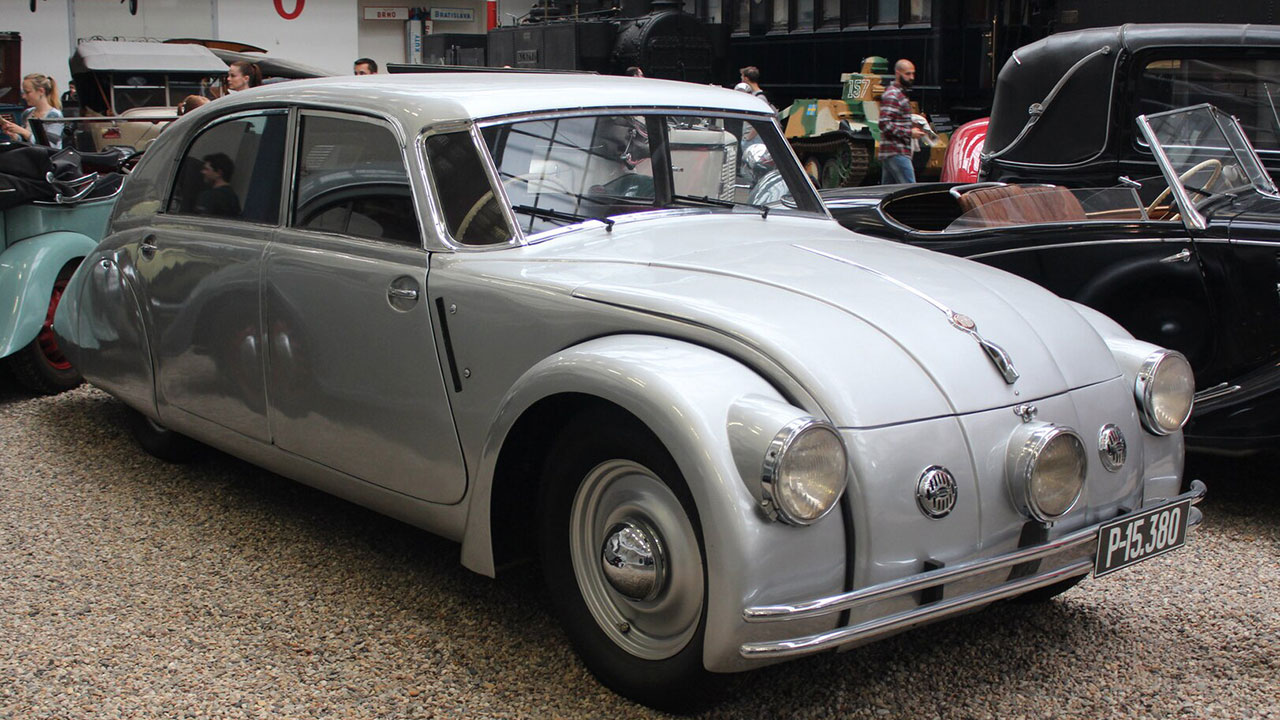
The 1930s brought the concept of aerodynamics to the forefront of automotive design. Cars like the Chrysler Airflow and the Tatra 77 embraced streamlined shapes to improve performance and fuel efficiency. This decade saw the integration of technology and design, as engineers began to understand the benefits of reducing air resistance.
Streamlining resulted in sleeker, more futuristic-looking vehicles that captured the imagination of the public. The design philosophy of this era paved the way for modern automotive design, where aerodynamics remains a crucial consideration.
1940s: Post-War Practicality and Innovation

The post-war 1940s focused on practicality and innovation as manufacturers adapted to peacetime production. Cars like the Volkswagen Beetle gained popularity due to their affordability and simplicity. The design approach shifted towards creating vehicles that could meet the needs of a recovering world economy.
During this period, automotive design also saw the introduction of new technologies and materials, such as automatic transmissions and improved safety features. These innovations laid the groundwork for the modern conveniences we take for granted in today’s vehicles.
1950s: The Golden Age of American Automobiles

The 1950s is often regarded as the golden age of American automobiles, with iconic models like the Chevrolet Bel Air and the Ford Thunderbird setting new standards in design. This era was characterized by bold, expressive styling and the introduction of tailfins, chrome accents, and vibrant color palettes.
Automakers experimented with new technologies, including power steering and air conditioning, enhancing both the driving experience and passenger comfort. The 1950s marked a time when cars became more than just a means of transportation; they were a reflection of the American Dream.
1960s: The Era of Muscle and Sport
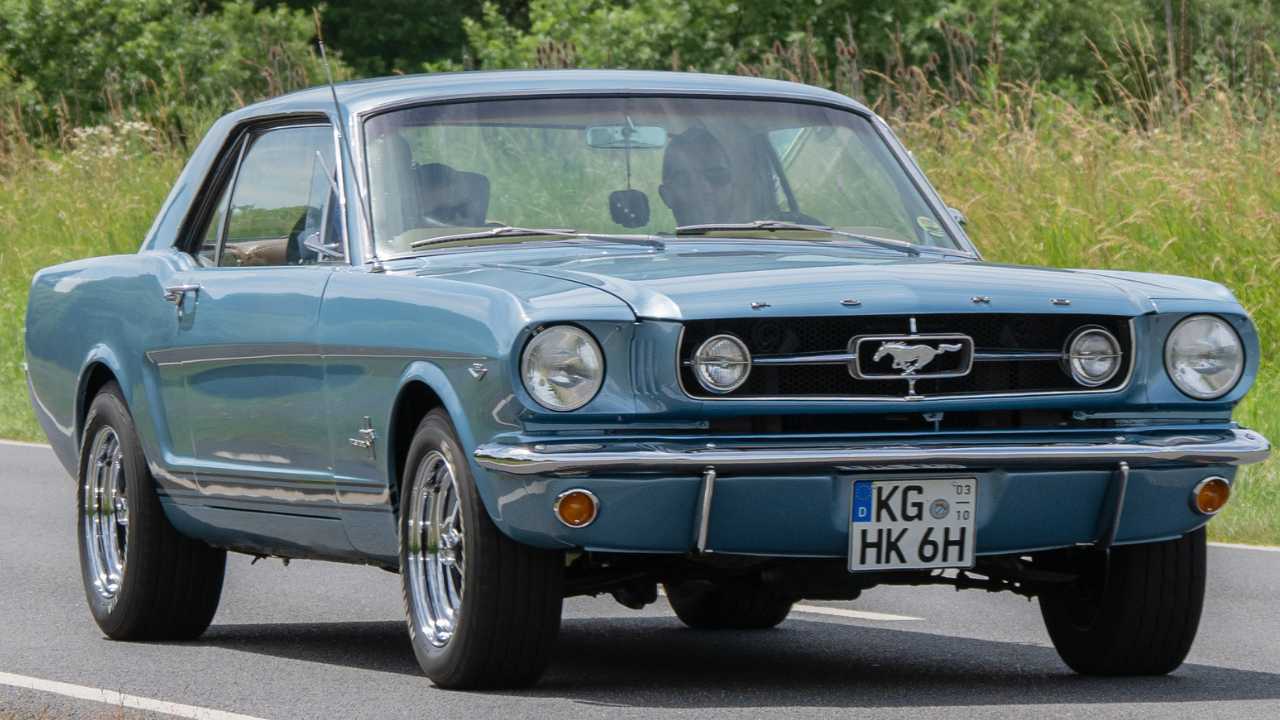
The 1960s saw the rise of muscle cars and sports cars, with models like the Ford Mustang and the Chevrolet Camaro capturing the spirit of freedom and power. This decade was marked by a focus on performance and style, appealing to a younger, more adventurous generation.
The design of these vehicles emphasized aggressive lines and powerful engines, appealing to a sense of speed and excitement. The 1960s solidified the car’s role as an expression of personal identity and lifestyle, a trend that continues to influence automotive design today.
1970s: The Shift Towards Compact and Efficient
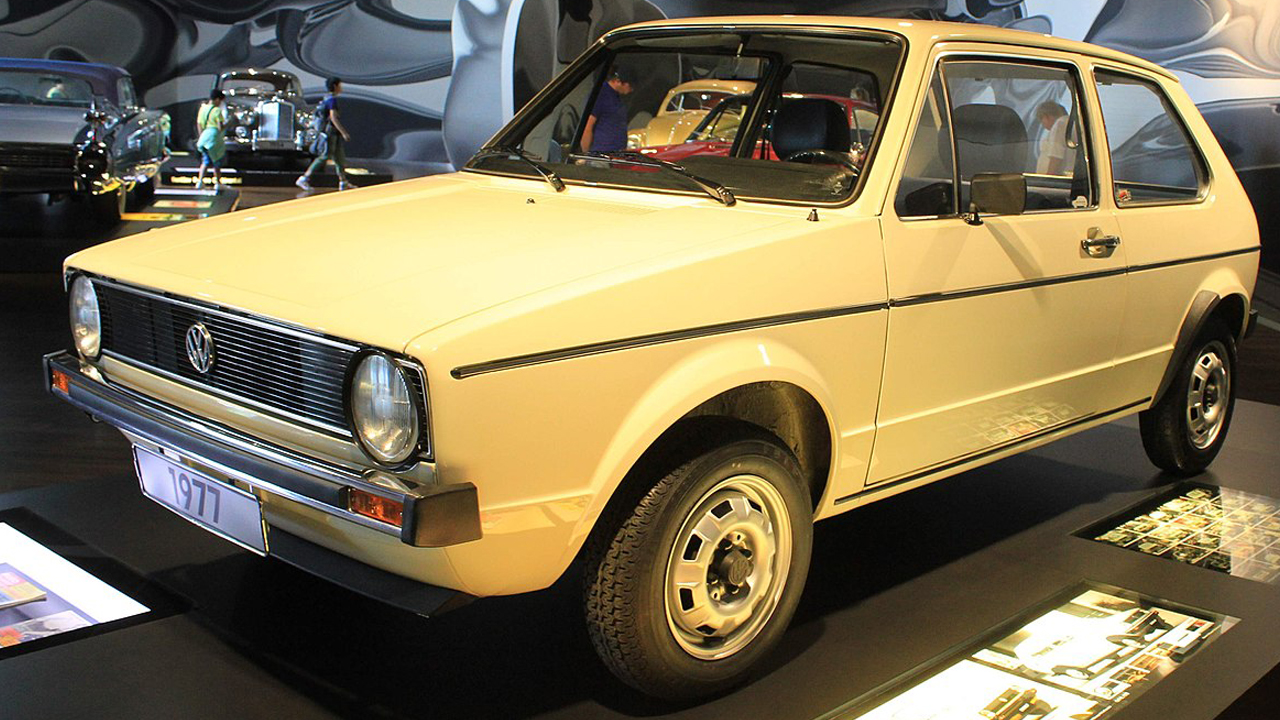
The 1970s brought a shift towards smaller, more efficient vehicles in response to the oil crisis and changing consumer preferences. Cars like the Volkswagen Golf and the Honda Civic became popular for their compact size and fuel efficiency, signaling a departure from the larger, gas-guzzling models of previous decades.
This era emphasized practicality and affordability, with manufacturers focusing on creating vehicles that could withstand economic challenges. The design philosophy of the 1970s laid the foundation for the development of the compact car market, which remains a significant segment of the automotive industry.
1980s: The Digital Revolution and Bold Experimentation
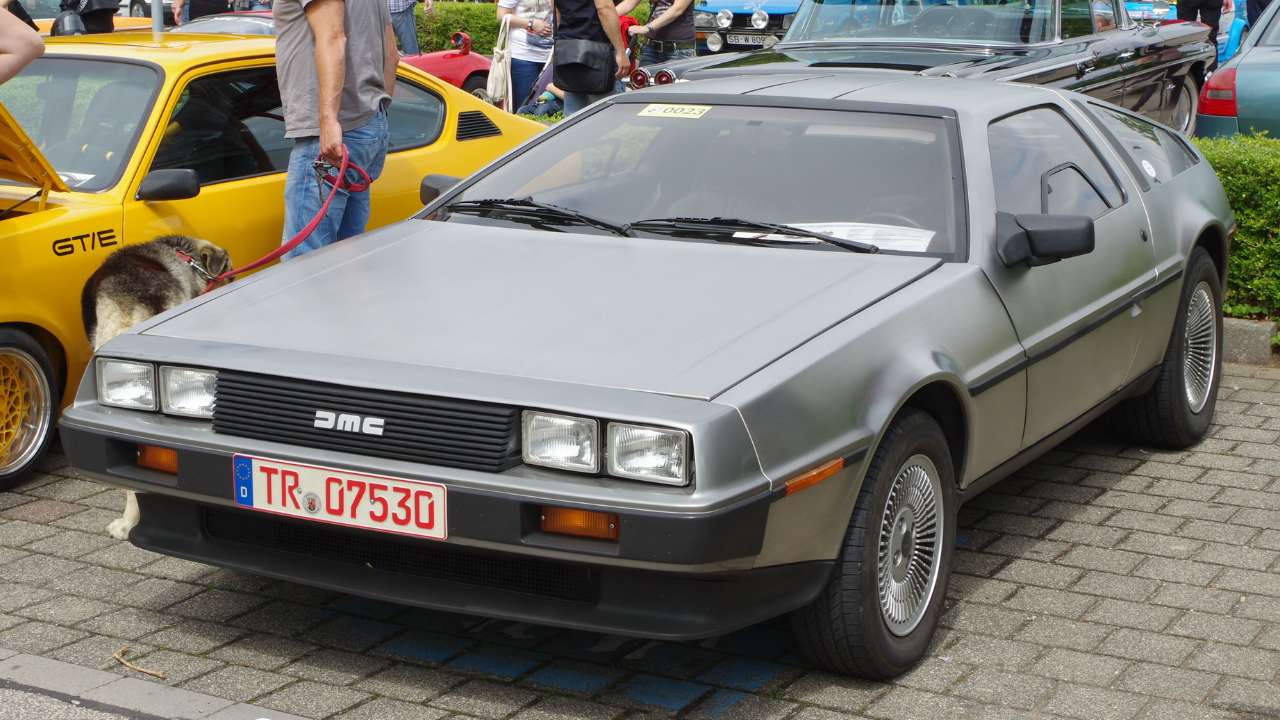
The 1980s was a decade of digital innovation and bold design experimentation, with cars like the DeLorean DMC-12 and the BMW E30 M3 making their mark. This era saw the introduction of electronic features such as onboard computers and digital dashboards, revolutionizing the driving experience.
Designers embraced futuristic aesthetics, experimenting with angular shapes and new materials. The 1980s was a time of daring creativity, as manufacturers sought to capture the imagination of consumers and push the boundaries of what was possible in automotive design.
1990s: Globalization and the Rise of the SUV

The 1990s witnessed the rise of globalization in the automotive industry, with cars like the Toyota RAV4 and the Ford Explorer leading the charge in the SUV market. This decade saw a growing demand for versatile, family-friendly vehicles that could handle various terrains and lifestyles.
Designers focused on creating cars that offered both comfort and practicality, with an emphasis on safety features and interior space. The globalization of the automotive market also meant that manufacturers had to cater to diverse consumer needs, resulting in a more varied and inclusive range of vehicles.
2000s: The Blend of Technology and Sustainability
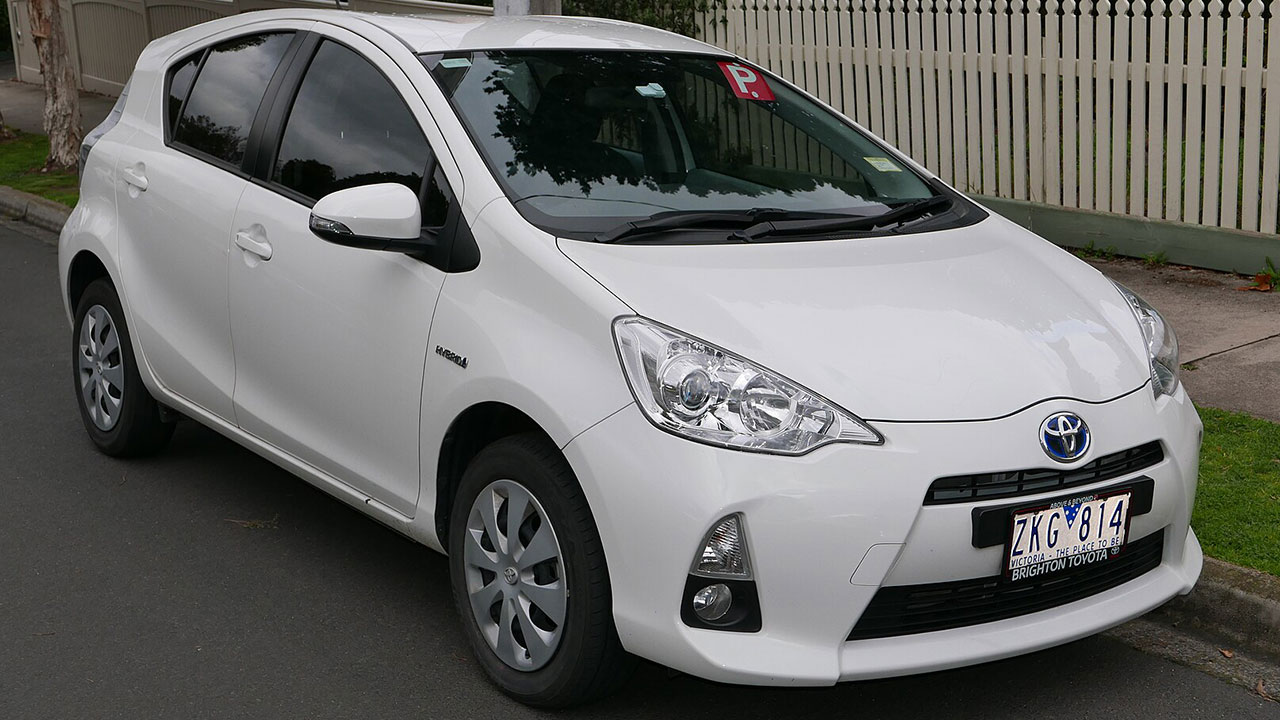
The 2000s marked a significant shift towards blending technology and sustainability in automotive design. Hybrid and electric vehicles like the Toyota Prius and the Tesla Roadster emerged as game-changers, reflecting a growing awareness of environmental concerns and the need for cleaner transportation options.
Designers focused on integrating advanced technologies such as GPS navigation, advanced safety systems, and infotainment options, providing drivers with a more connected and efficient driving experience. The 2000s set the stage for a new era of automotive design, where innovation and sustainability go hand in hand.
Like Fast Lane Only’s content? Be sure to follow us.
Here’s more from us:
*Created with AI assistance and editor review.

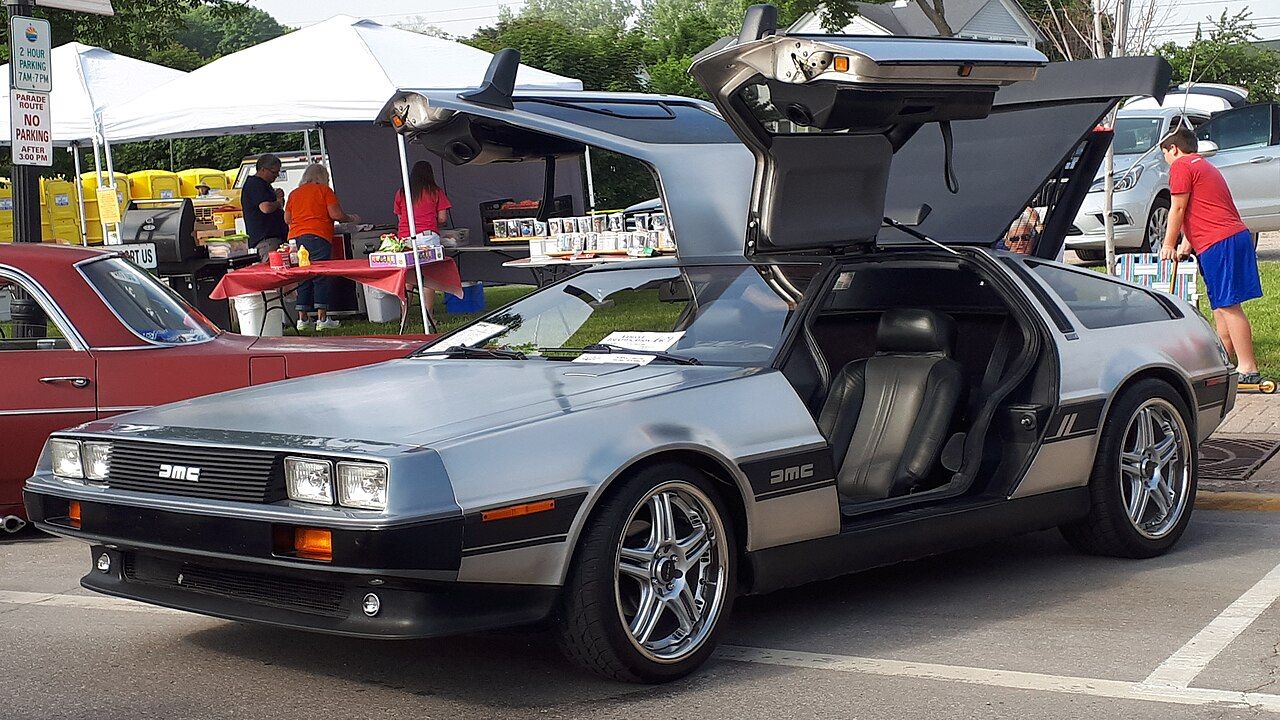

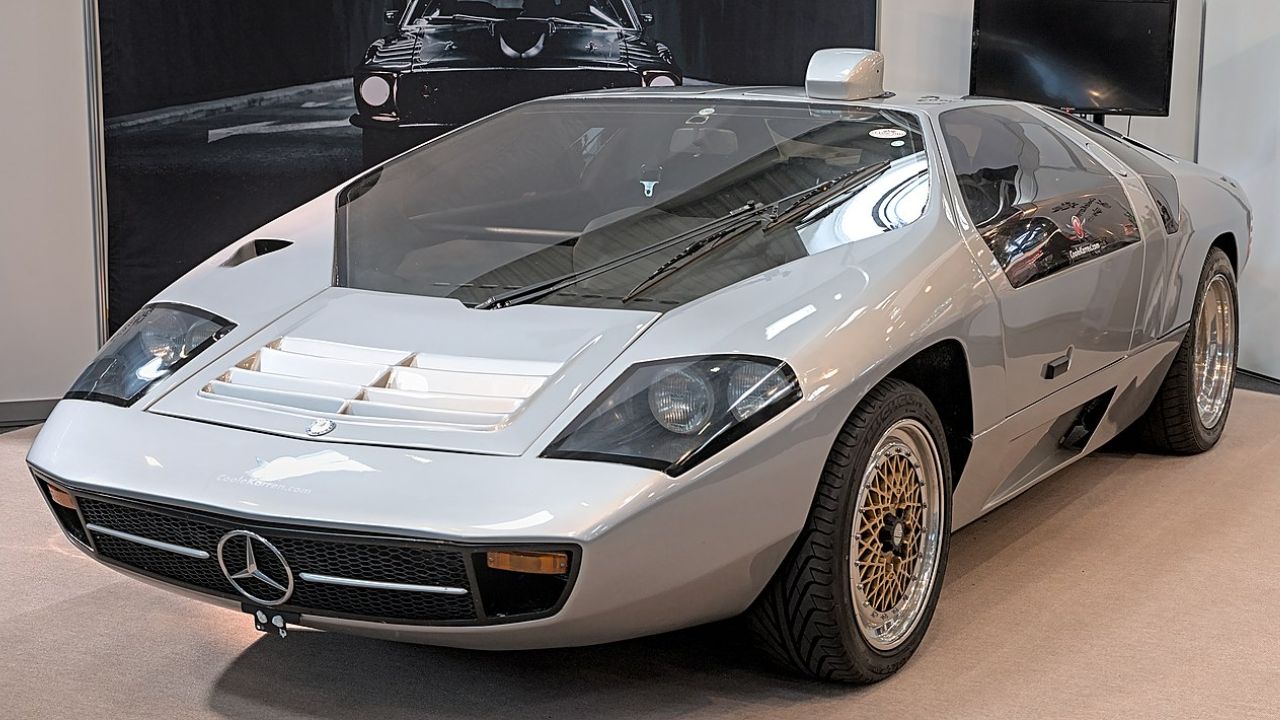

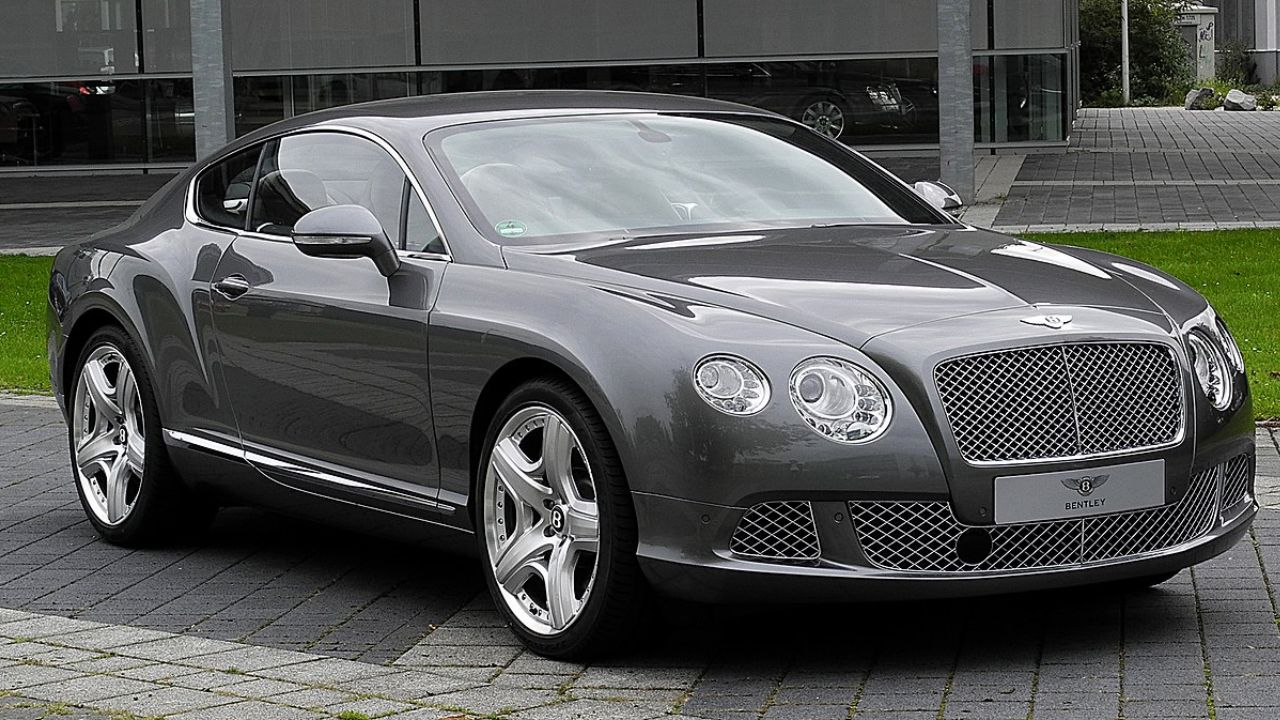
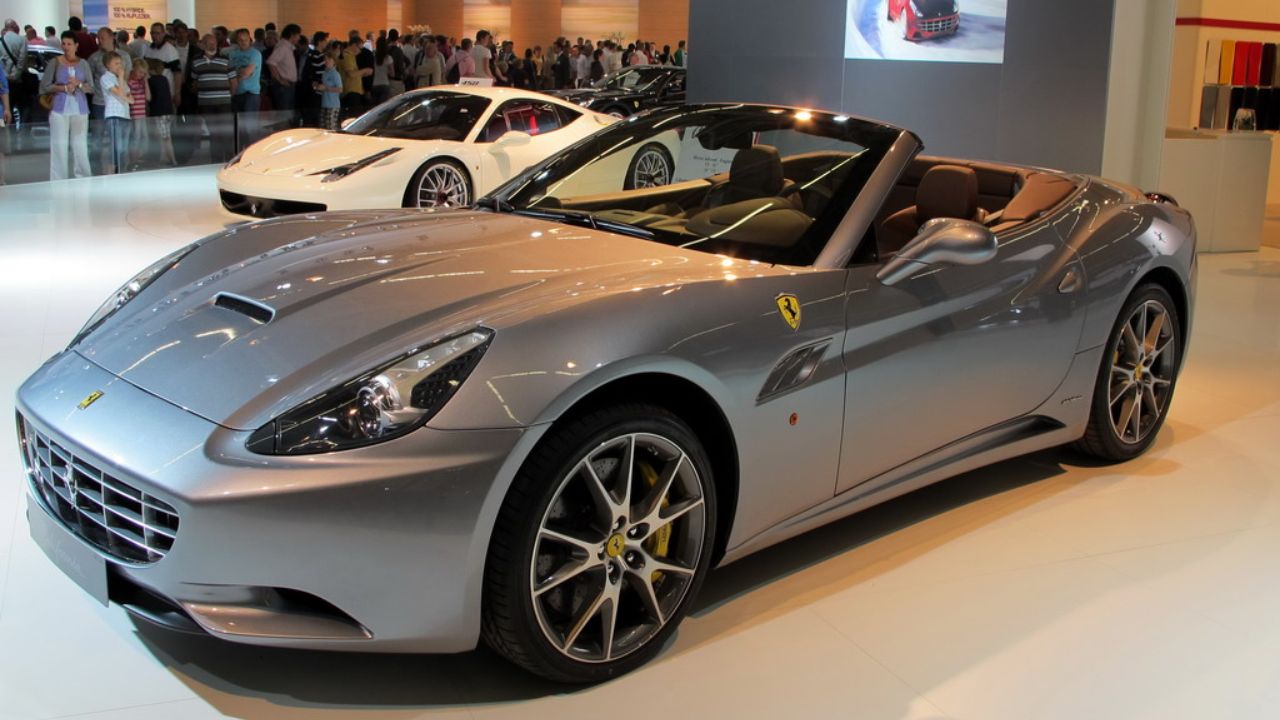
Leave a Reply